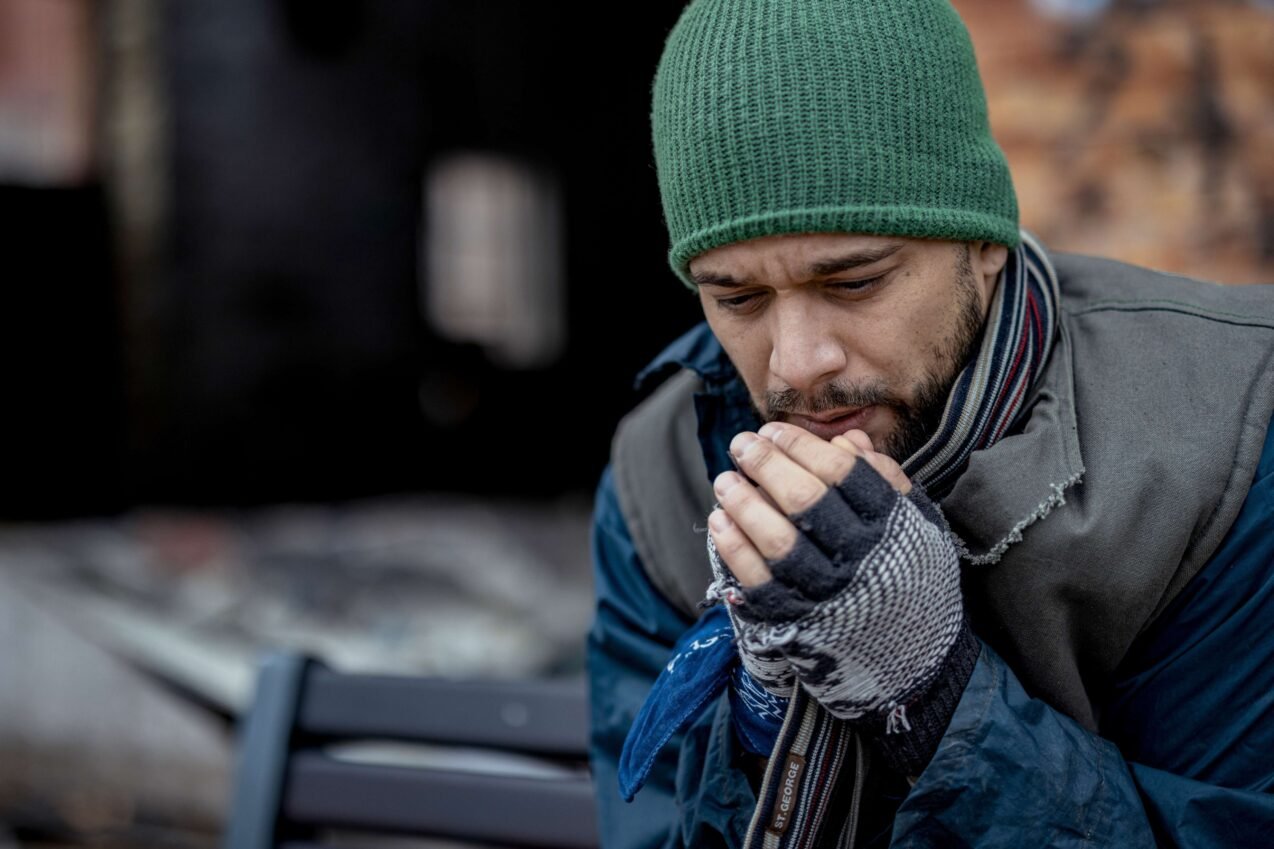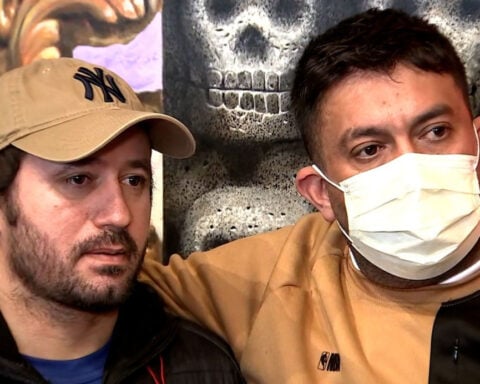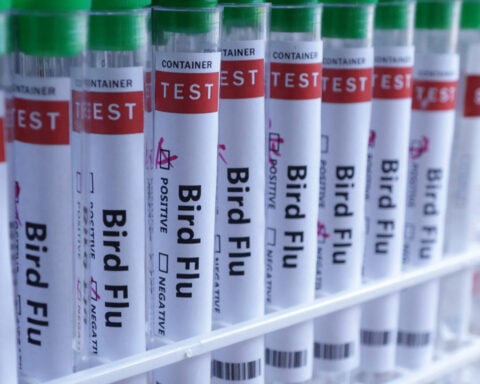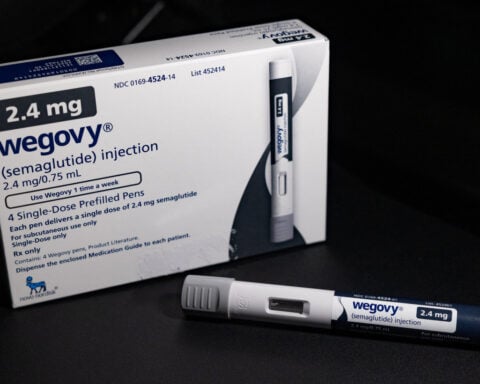Cold-related deaths in the United States have more than doubled between 1999 and 2022. According to new research examining data from the Centers for Disease Control and Prevention, 3,571 fatalities have been recorded in 2022 alone.
"Even though we are in this warming world, cold-related deaths are still a public health issue in the U.S.," said Michael Liu, a Harvard Medical School student and lead author of the study..
While winters across America are now averaging four degrees warmer compared to 50 years ago, as reported by Climate Central, an independent research group, climate change has introduced more frequent episodes of extreme winter weather, including polar vortexes when Arctic air moves into the U.S.
Victor Gensini, a professor of meteorology at Northern Illinois University, described this phenomenon as "winter whiplash." He noted that people have become less acclimated to cold temperatures, making them more vulnerable when severe cold weather occurs. "We are less accustomed to experiencing those cold temperatures, so that when they do occur, it is much more of a shock to the system," Gensini said.
The research identified adults 75 and older as the demographic most affected by cold-related deaths. This increased vulnerability stems from age-related decline in temperature regulation and the prevalence of chronic conditions such as diabetes and thyroid problems that can impair the body's ability to maintain warmth.
The study revealed that cold-related death rates were highest among American Indian, Alaska Native, and Black populations. These groups also face disproportionate rates of homelessness, according to federal data. The surge in cold-related deaths was most pronounced between 2017 and 2022, coinciding with an increase in homelessness during this period.
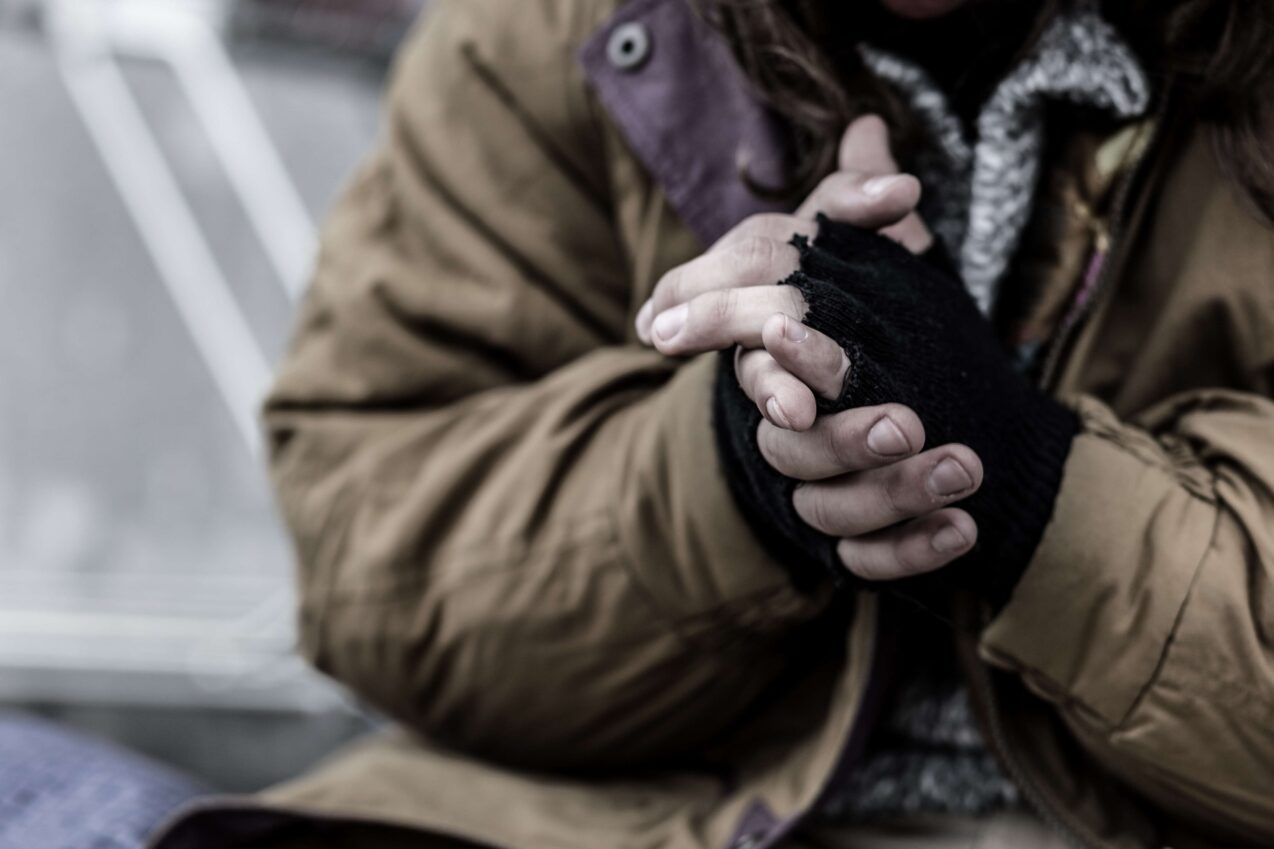
Dr. James Miner, an emergency physician at Hennepin County Medical Center in Minneapolis, has observed this trend firsthand. He reported an increase in individuals seeking shelter from the cold in the hospital's waiting room during winter nights.
Cold exposure can lead to serious health complications, including frostbite and hypothermia, where body temperature drops below 95 degrees. Prolonged hypothermia can affect cardiac and respiratory systems and prove fatal in some cases.
Dr. Neha Raukar, an emergency room doctor at Mayo Clinic in Rochester, Minnesota, emphasized the importance of proper winter clothing for preventing cold-related injuries. She recommended wearing multiple layers of loose-fitting, lightweight clothing to trap heat, along with hats, gloves, and scarves. She advised against wearing wet socks for extended periods.
The study also identified substance abuse as a contributing factor to cold-related injuries. Dr. Raukar noted an increase in cold-injured patients who were intoxicated, explaining that alcohol consumption can impair awareness of low temperatures.
Medical experts outline a spectrum of cold-related conditions, from mild frostnip, characterized by painful purple discoloration of extremities, to severe hypothermia, which requires immediate medical attention. Warning signs of hypothermia include uncontrollable shivering, confusion, and unusual behavior, such as paradoxical undressing, where victims remove clothing despite freezing temperatures.
Hospital treatment for severe hypothermia involves covering patients with blankets and using warm air therapy. In critical cases, doctors may employ catheters or bypass machines to warm the blood directly. "We see a lot of frostbite and hypothermia in people who do not realize that they are getting really cold, that they have been outside too long, and just how dangerous it is," Dr. Raukar said.
Healthcare professionals recommend seeking immediate shelter for anyone exposed to extreme cold, particularly those experiencing homelessness. Dr. Miner emphasized the importance of indoor shelter over temporary solutions: "A blanket would not hurt, but what we really need is to get people inside."

 Trump has begun another trade war. Here's a timeline of how we got here
Trump has begun another trade war. Here's a timeline of how we got here
 Canada's leader laments lost friendship with US in town that sheltered stranded Americans after 9/11
Canada's leader laments lost friendship with US in town that sheltered stranded Americans after 9/11
 Chinese EV giant BYD's fourth-quarter profit leaps 73%
Chinese EV giant BYD's fourth-quarter profit leaps 73%
 You're an American in another land? Prepare to talk about the why and how of Trump 2.0
You're an American in another land? Prepare to talk about the why and how of Trump 2.0
 Chalk talk: Star power, top teams and No. 5 seeds headline the women's March Madness Sweet 16
Chalk talk: Star power, top teams and No. 5 seeds headline the women's March Madness Sweet 16
 Purdue returns to Sweet 16 with 76-62 win over McNeese in March Madness
Purdue returns to Sweet 16 with 76-62 win over McNeese in March Madness
